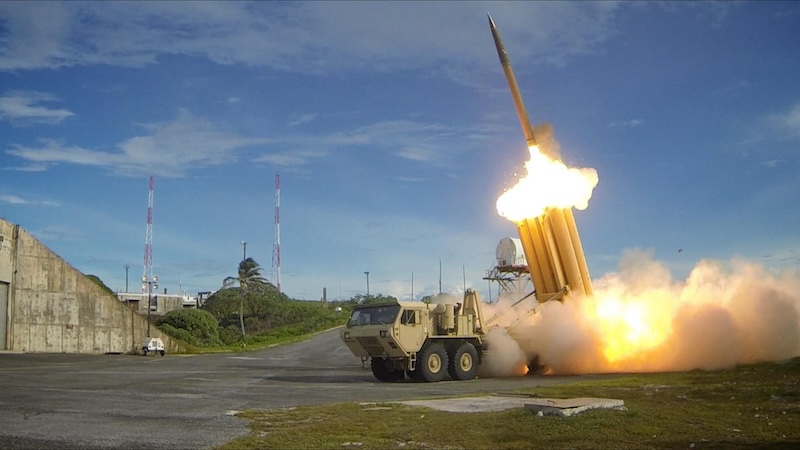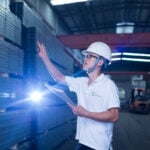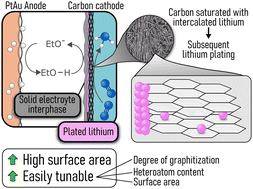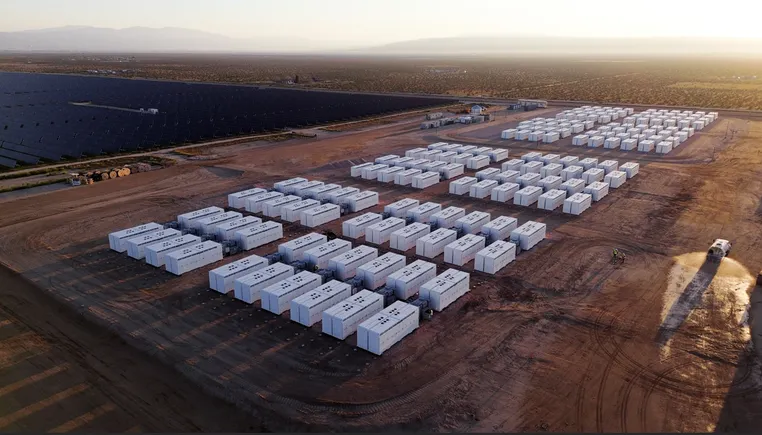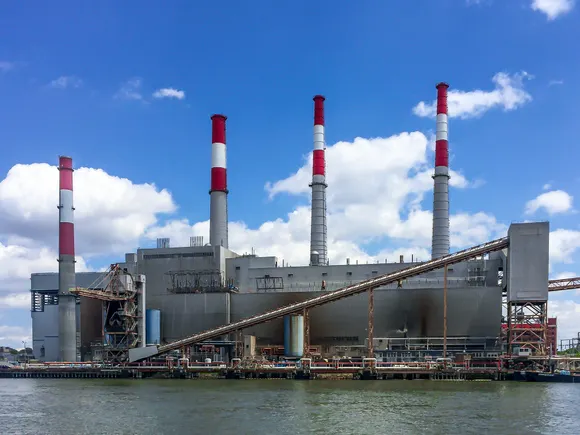‘Oversaturated’: Can the Navy make good on unmanned vessel demand after industry surge?
Company after company has introduced unmanned platforms, but as one analyst said, the Navy “just has not given the indication that they are buying these at scale.”


The unmanned surface vessel Mariner transits the Pacific Ocean during Integrated Battle Problem (IBP) 23.2, Sep. 7, 2023. (U.S. Navy photo by Mass Communication Specialist 2nd Class Jesse Monford)
WASHINGTON — This year, it started with a “Tsunami.”
Textron Systems, the Rhode Island-based aerospace and defense firm, was briefing reporters in January on its new family of unmanned surface vehicles, dubbed “Tsunami.” Company executives declined to talk about specific deals in tow, but were confident that the US Navy’s enthusiasm in unmanned systems was only growing.
“We continue discussions with the Navy,” company executive David Phillips said at the time, “and we’ve been hearing an increased expression of interest” in unmanned naval vessels.
Since the start of 2025, at least six established defense primes or startups have unveiled new unmanned surface or undersea systems ostensibly marketed at the Defense Department. A seventh company, founded by veterans, was among the announcements as an entirely new entrant to the market. And while the names and faces differ, the message has been the same: Everyone is confident the Navy’s future includes unmanned vessels.
With Congress now poised to deliver the Navy roughly $3 billion for unmanned maritime systems programs through its reconciliation legislation, industry’s hopes to cash in are unlikely to dim anytime soon. And yet, this one-time cash infusion is unlikely to be enough to sustain all the players jumping in.
That’s because the market for unmanned surface and subsurface vehicles has become flush with products more rapidly than the Navy has moved to invest, expert analysts and industry executives told Breaking Defense. And the service’s procurement of these vehicles, relatively sluggish compared to its one-off experimentation efforts, raises questions about when and if its budgets will catch up to its enthusiastic rhetoric.
“The Navy just has not given the indication that they are buying these at scale,” said Bryan Clark, a retired submariner and fellow at the Hudson Institute. “So you’ve got companies fielding new systems with zero demand signals coming from the Navy.”
The Ukraine Effect
The push for widespread use of unmanned vessels in the US military goes back to the first Trump administration, with then-Defense Secretary Mark Esper in 2020 calling for hundreds of new uncrewed ships to be in the water in the coming decades. But real-world operations seem to have unlocked the floodgates.
Since the war in Ukraine began in 2022, social media has been flooded with videos of how drones have influenced the fight not only in the air, but on the water — small, fast unmanned surface vessels packed with explosives under the cover of darkness speeding directly into Russian warships in the Black Sea. Houthi rebels have employed similar tactics to disrupt commercial shipping operations in the Red Sea.
Meanwhile, senior Defense Department leaders, such as Adm. Samuel Paparo, the Indo-Pacific Command chief, have put forward concepts such as “Hellscape,” proposing to mimic these one-way attack drone operations at a much larger scale in a future conflict in the Indo-Pacific.
“We are focused on prototyping, experimenting, and integrating robotic and autonomous systems into the fleet through efforts such as Replicator and in close collaboration with the Defense Innovation Unit and the Disruptive Capabilities Office,” Acting Chief of Naval Operations Adm. Jim Kilby told lawmakers this month. “We are leveraging established partners and new entrants in this sector. OPNAV is institutionalizing the lessons learned across the Fleet and using them to speed the capability delivery cycle.”
All of these discussions have been catalysts for American defense contractors to more fervently invest in the unmanned maritime systems market despite the Navy’s rhetoric outpacing its budget requests, experts said.
“Everybody is looking at the writing on the wall and believes that this is a capability that the Navy is going to have to invest in,” said Michael Horowitz, a former senior Pentagon official overseeing force development and emerging capabilities. “I think that is correct if the Navy wants to continue to outpace China in the Indo-Pacific and beyond.”
But Jonathan Panter, a visiting fellow at the Council on Foreign Relations, warns that the relatively confined spaces of the Black Sea are a poor analog for the vast expanses of the Pacific Ocean where Pentagon war planners envision a conflict with China.
“Credulous investors are eating up industry claims about a so-called ‘revolution’ in warfare, hastening the premature adoption of unproven technologies,” Panter said. “Many USV startups overstate the lessons of the war in Ukraine, especially their transferability to other operational environments, such as the Indo-Pacific.”
The engineering needed to produce unmanned vessels capable of traversing the Indo-Pacific is “an order of magnitude more complex” than the constraints for small USVs operating in the Black Sea, he said.

Then-Chief of Naval Operations Adm. Lisa Franchetti toured Boeing’s Orca Extra Large Unmanned Undersea Vehicle (XLUUV) manufacturing facility. (U.S. Navy photo by Chief Mass Communication Specialist William Spears)
Understanding The Market
For this story, Breaking Defense spoke with executives from a number of contractors investing in unmanned maritime systems, ranging from brand new startups to long-standing, established primes. There was broad agreement with Horowitz’s sentiment that the Navy’s need — and budget dollars — for unmanned systems is inevitable, but some in industry were willing to acknowledge that supply may be outpacing demand.
The Navy has pursued a number of experimental unmanned efforts such as Task Force 59 in the Middle East and the introduction of the Integrated Battle Problem exercise, but has lagged in advancing full-fledged programs of record. Worse yet, one of its oldest and most advanced UUV prototypes is now on the brink of failing to become a program of record at all despite years of work and millions of taxpayer dollars.
“It may be oversaturated. There are a lot of new entrants in the market, and [those new entrants are] a response to the Navy’s perceived demand,” Duane Fotheringham, president of unmanned systems at HII’s Mission Technologies, told Breaking Defense. “Are there more entries than the market will support? Probably so, after everything shakes out.”
Among those new entrants is Austin Gray, a co-founder of Blue Water Autonomy, a new Boston-based shipbuilding firm focused on producing large unmanned ships.
“Maritime autonomy and unmanned generally is overall getting really hot, and lots of parts of it are getting really saturated and even commoditized,” Gray said. “The Navy has talked a big game about getting into unmanned but they haven’t really moved the budget lines around to have their actions follow their words.”
A Navy veteran himself, Gray and his co-founders launched Blue Water Autonomy in April knowing full well how reluctant the Navy can be to work with startups like his.
Gray predicted the market saturation will be the most problematic for vendors selling smaller hardware because the supply chain availability to assemble those systems will be much more widespread compared to materials needed for the larger vessels his firm wants to build.

The crew of an HII-owned boat prepare to deploy a Remus 300 into the water. (Photo by Justin Katz/Breaking Defense)
Questions Of Saturation And Size
David Lewis, senior vice president for sea systems, argued that the unmanned market needs to be defined into categories based on size and whether they are surface or subsurface. Under that rubric, market saturation was different for each kind of vessel.
For example, he said, the commercial market for undersea vehicles has matured over the past 25 years and there are numerous buyers beyond the US Navy, given its suitability for commercial and scientific applications. In contrast, he called small USVs an “emerging market” and said Leidos had, until recently, consciously stayed out of that space.
“There are some sellers and there’s some buyers,” he said, citing Pentagon agencies such as the Defense Innovation Unit and the Strategic Capabilities Office. “We think there’s a market there. It’s not saturated, but it’s a market. It’s not robust yet, but there is clearly interest in buying.”
Mike Flanigan, CEO of California-based Seasats, said the unmanned systems market may in fact be oversaturated, but argued that a multitude of new competitors is a natural evolution of any emerging technology.
“People aren’t wrong that there’s a huge need, and that there’s a large market here,” he said. “If I was the US government … I wouldn’t say there’s an oversaturation. I’d [say] bring in 10 more because it’s unclear who’s actually going to pull it off. … It’s quite hard and there’s going to be a lot of failure.”
As it turns out, Flanigan’s theoretical perspective isn’t far off the mark from what the Pentagon told Breaking Defense.
The Defense Innovation Unit, the Defense Department’s conduit to Silicon Valley, has partnered with the Navy, Marine Corps and Coast Guard on a number of unmanned technology programs. The agency’s broad mission is to use its Rolodex in private industries not traditionally on the Pentagon’s radar to match companies and their technologies with missions and problems facing the services.
“DIU’s perspective is that a growing commercial maritime autonomy market is healthy and needed, and that more companies in this space — like many other technology areas — helps to drive innovation and competition,” a spokesperson told Breaking Defense.
“The Department wants to encourage more entrants in this space — that primarily come today from the oil and gas industry — to allow for more competitive solutions. For example, when compared to the UAS, or drone, market — this is still a nascent area where new technologies and methodologies are being defined and developed,” the spokesperson continued.
When asked about the Navy’s assessment of the unmanned systems market, service spokesman Charles Spirtos told Breaking Defense the Navy is engaging with industry to “evaluate a broad range of technologies, including unmanned surface and underwater vessels, for future operational use.”
“The Navy prioritizes rigorous assessments to ensure these technologies meet operational standards. We are committed to advancing capabilities through a balanced, methodical approach in collaboration with industry,” he continued.

Sen. Roger Wicker (R-MS) left, and Sen. Jack Reed (D-RI) talk on the second floor of the Capitol as they both arrive for the policy luncheons on Tuesday, Aug. 4, 2015. (Photo By Bill Clark/CQ Roll Call)
A Demand Signal Or A One-Time Payout?
A wildcard for industry this year is the reconciliation bill, a one-time congressional cash infusion that promises $150 billion for Pentagon programs on top of the president’s fiscal year 2026 budget request. The bill’s final details haven’t been cemented by lawmakers yet, but draft versions suggest the Navy’s unmanned systems programs could see between $3 and $4 billion in additional funding.
HII’s Fotheringham pointed to the reconciliation bills as another sign of enthusiasm for unmanned systems from Capitol Hill and the administration. But reconciliation is ultimately a one-time paycheck, and failing to make permanent, long-term investments in unmanned systems sends the “wrong signal” to industry, said Gray, of Blue Water Autonomy.
Clark, the fellow from the Hudson Institute, added that despite the fact the Navy has spent billions on unmanned technologies in recent decades, only a fraction of it went towards procurement. He said the funding that ends up in the president’s budget request is the more important signal for industry when they decide how to invest in additional production capacity.
“The one-time reconciliation funding will help encourage industry to establish their supply chains, but it will not be enough to get them to invest in more production capacity, which will require hiring, facilities and equipment investments that take years to recoup,” Clark said.
Capacity matters. Pentagon leaders like Indo-Pacific Command’s Paparo talk about employing unmanned systems at a volume and scale only the American defense industrial base can muster. But Clark said the Navy’s approach to date isn’t soliciting industry to respond with the massive capacity the Defense Department ostensibly desires.
“If you tell the industry that I want the Lionfish … they’ll sell you the Lionfish,” he said, referring to the service’s small UUV program. “The problem is they can’t sell to you at the scale you want because you never articulated that as part of the trade space.”
A big influx of cash, however, is unlikely to stop the push to announce new products, in a pattern that one executive described as “embarrassing.”
Richard Byno, an executive at Delaware-based Eureka Naval Craft, argued a number of companies jumping into the unmanned ships market are backing products that amount to vaporware — likely to fail as soon as they’re put through the hostile conditions the US Navy would actually experience in a conflict.
“If we keep prioritizing the appearance of progress that they’re projecting on LinkedIn and everywhere else over validating capability, we’re going to lose ships, missions and importantly lives,” he told Breaking Defense. “These stakes aren’t theoretical. They’re actually operational in my mind.”


















































































![The sights of the Paris Air Show Day 2 [Photos]](https://breakingdefense.com/wp-content/uploads/sites/3/2025/06/IMG_1837-scaled-e1750181568851.jpg?#)











![[Updated] U.S. Air Force Mobilizes F-22s and F-35s as Situation in Middle East Escalates](https://theaviationist.com/wp-content/uploads/2025/06/F-22_F-35_CENTCOM-top.jpg)





